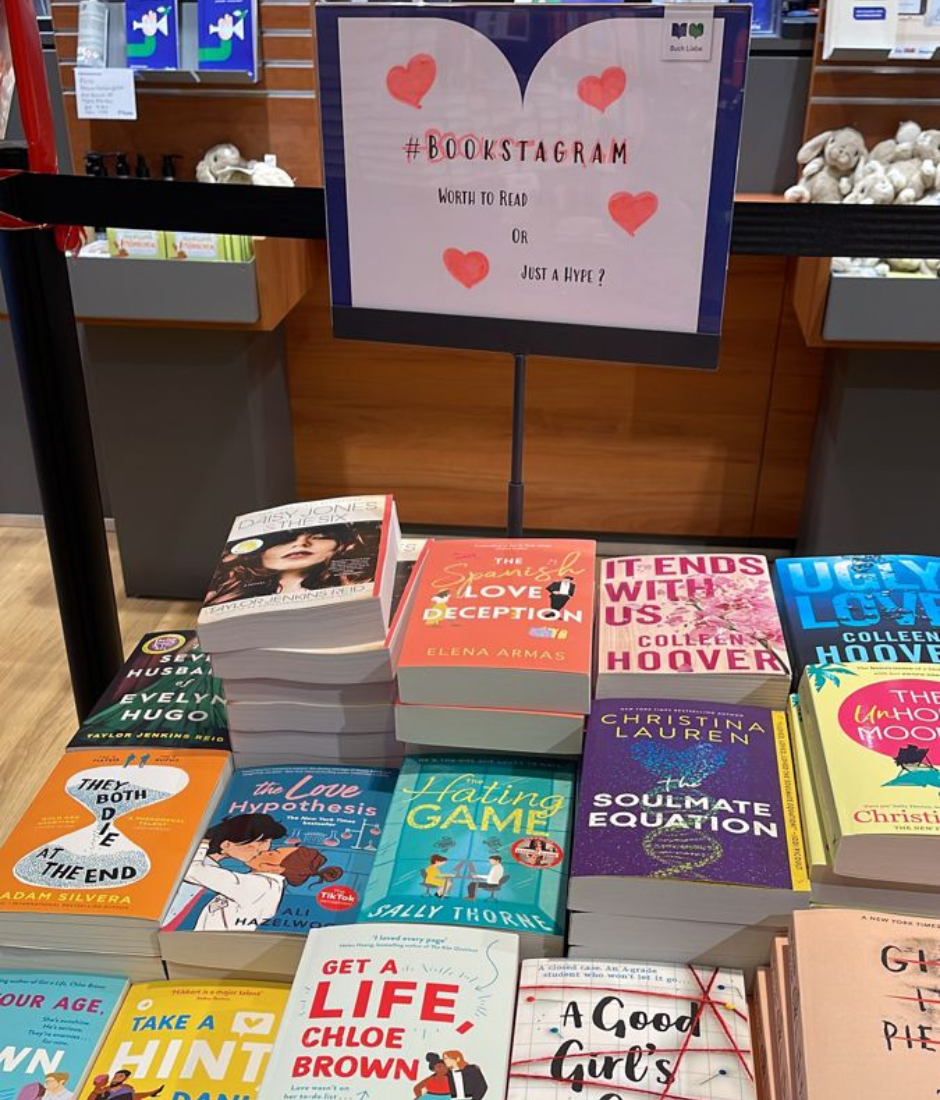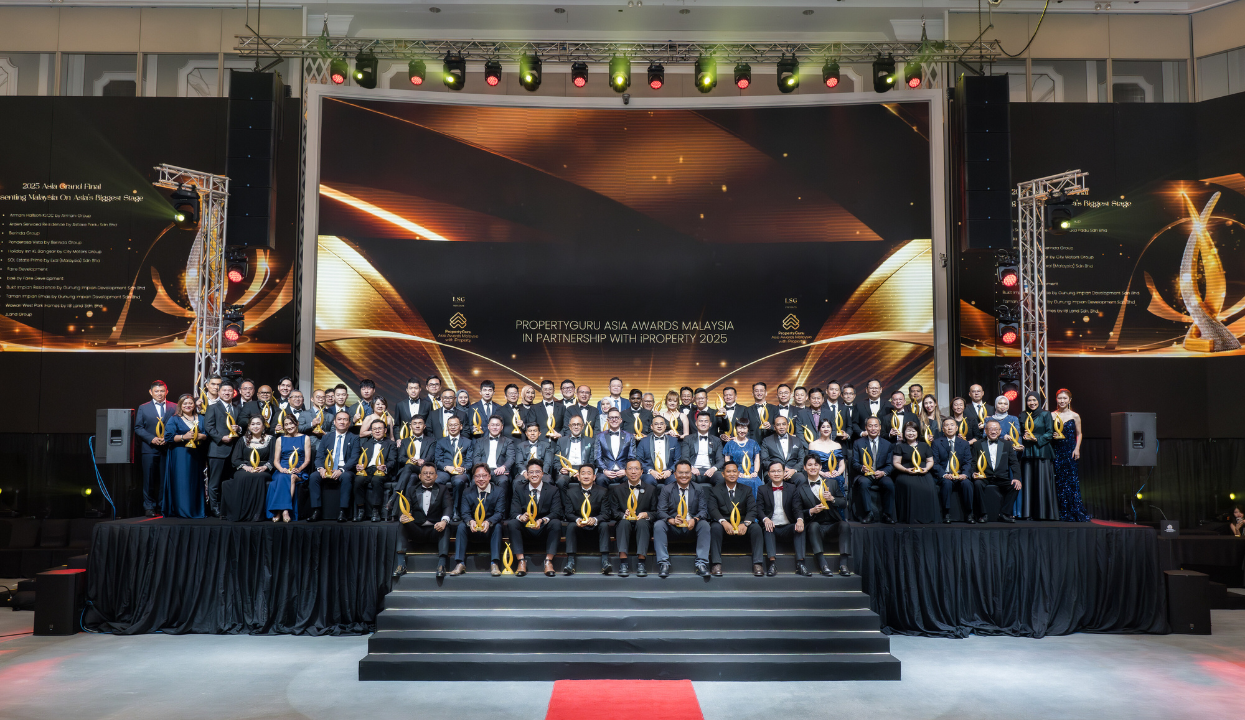Reading, once a simple and solitary act, is undergoing a profound transformation. As technology reshapes how we consume information and entertainment, the very definition of “reading” is expanding, leading to a vibrant but complex new literary landscape. While some traditional metrics show a decline in book consumption, a closer look reveals that reading culture isn’t dying but evolving into something more diverse and social.
The Rise of a New Reading Paradigm

In recent decades, traditional reading has seen a measurable decline. A study by the National Endowment for the Arts found that the proportion of adults who read at least one book a year fell from 55% to 48%. The drop is even more striking among young people, with the number of 13-year-olds who read for fun “almost every day” nearly cut in half, from 27% to 14%. This shift is largely due to the rise of new technologies and the fierce competition for our attention from sources like social media, streaming services and video games. Reading is no longer a given but a choice we must continually make in the face of countless digital distractions.
The change isn’t just in what we read, but how we read. The ideal of a quiet, uninterrupted encounter with a book is becoming “anachronistic.” Many now engage with texts in a hybrid fashion, starting a book on a tablet and then switching to an audiobook during their commute. This fragmentation of the reading experience is a hallmark of the digital age.
The AI Revolution: A New Kind of Reader and Reading Assistant
Artificial Intelligence (AI) is poised to fundamentally alter our relationship with text. Large language models (LLMs) are essentially super-readers, capable of processing and understanding unimaginable amounts of text at superhuman speeds. While an AI can’t feel the emotional impact of the story, it can recall facts, draw connections and extract insights from a text instantaneously.
This technology is already changing how we interact with what we read. AI can be a powerful learning tool, allowing readers to ask a chatbot questions about anything they don’t understand in a text. It can also simplify dense or complex material, as seen in the example of a chatbot rewriting the difficult opening of Dickens’ Bleak House into modern, more accessible English. This ability to instantly modify text could lead to a future where summarised or altered text is the norm, and we only seek out the original version if we feel the need.
BookTok, YA and the Socialisation of Reading

Image Credit: Pinterest
Contrary to the narrative that reading is in decline, several movements show a thriving albeit different reading culture. BookTok, the passionate literary community on TikTok, has become a powerful force, revitalising the publishing industry and turning previously obscure titles into overnight sensations. For example, Colleen Hoover’s It Ends With Us, originally published in 2016, saw its weekly sales jump to 29,000 copies in 2021 due to BookTok’s viral attention.
The rise of reading as a social and aesthetic activity is central to BookTok. Books are part of a personal brand, a visual trend that blends with fashion and home decor. This aestheticisation has made reading “chic” and has fostered a vibrant digital community where readers share their emotional reactions and opinions, transforming a solitary activity into a communal one.
This new reading culture has its roots in the boom of Young Adult (YA) literature in the late 1990s and 2000s. Series like Harry Potter and The Hunger Games have captured the imaginations of an entire generation, proving that stories about identity, rebellion and relationships can create passionate, lifelong readers. Many who grew up with these books have since transitioned to other genres, carrying their enthusiasm and love of storytelling with them.
Audiobooks and the Expansion of Storytelling

Another major development is the explosive growth of audiobooks. Once a niche medium, audiobooks are now immensely popular, with the market size estimated to have reached $8.7 billion in 2024. This growth is driven by our multitasking lifestyles, allowing us to “read” while commuting, exercising or doing chores. While some critics argue that listening doesn’t “count” as reading, studies show that audiobooks engage the brain in similar ways and are an invaluable tool for many, including people with dyslexia.
Beyond audiobooks, other formats like webtoons, digital comics and fan fiction platforms have also blossomed, creating millions of devoted readers. The accessibility of these platforms and the communal nature of fan communities have expanded the definition of what constitutes reading and storytelling, proving that the desire for narrative is alive and well.
The idea that “people just don’t read as much as they used to” is a misconception. While the traditional metrics may show a decline in long-form, physical book consumption, the broader culture of reading is simply changing. Technology has not killed reading but has diversified it, making it more accessible, social and adaptable than ever before. From viral BookTok recommendations to the immersive experience of an audiobook and the creative possibilities of AI, reading is evolving, ensuring that the love of stories will continue to thrive in the digital age.





















